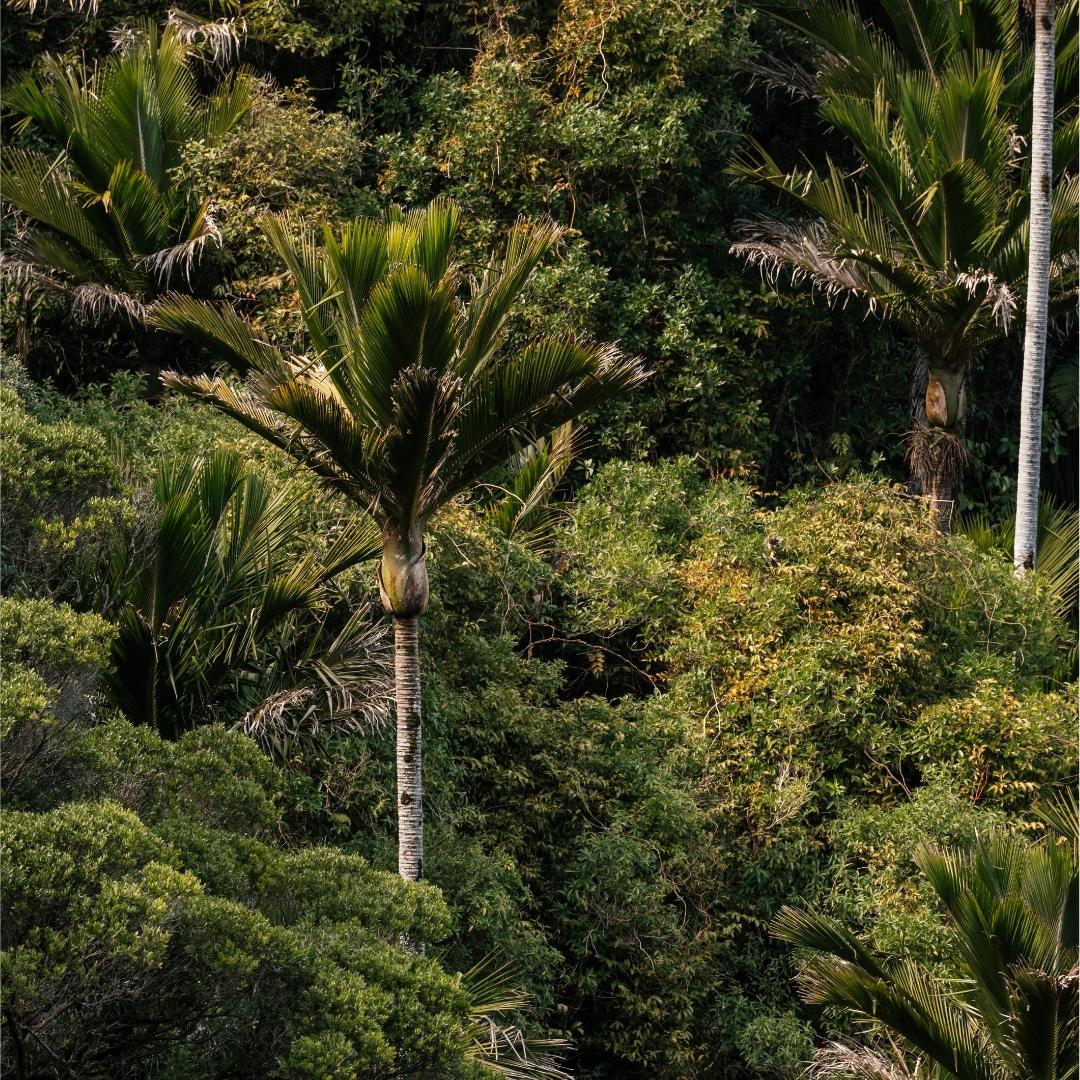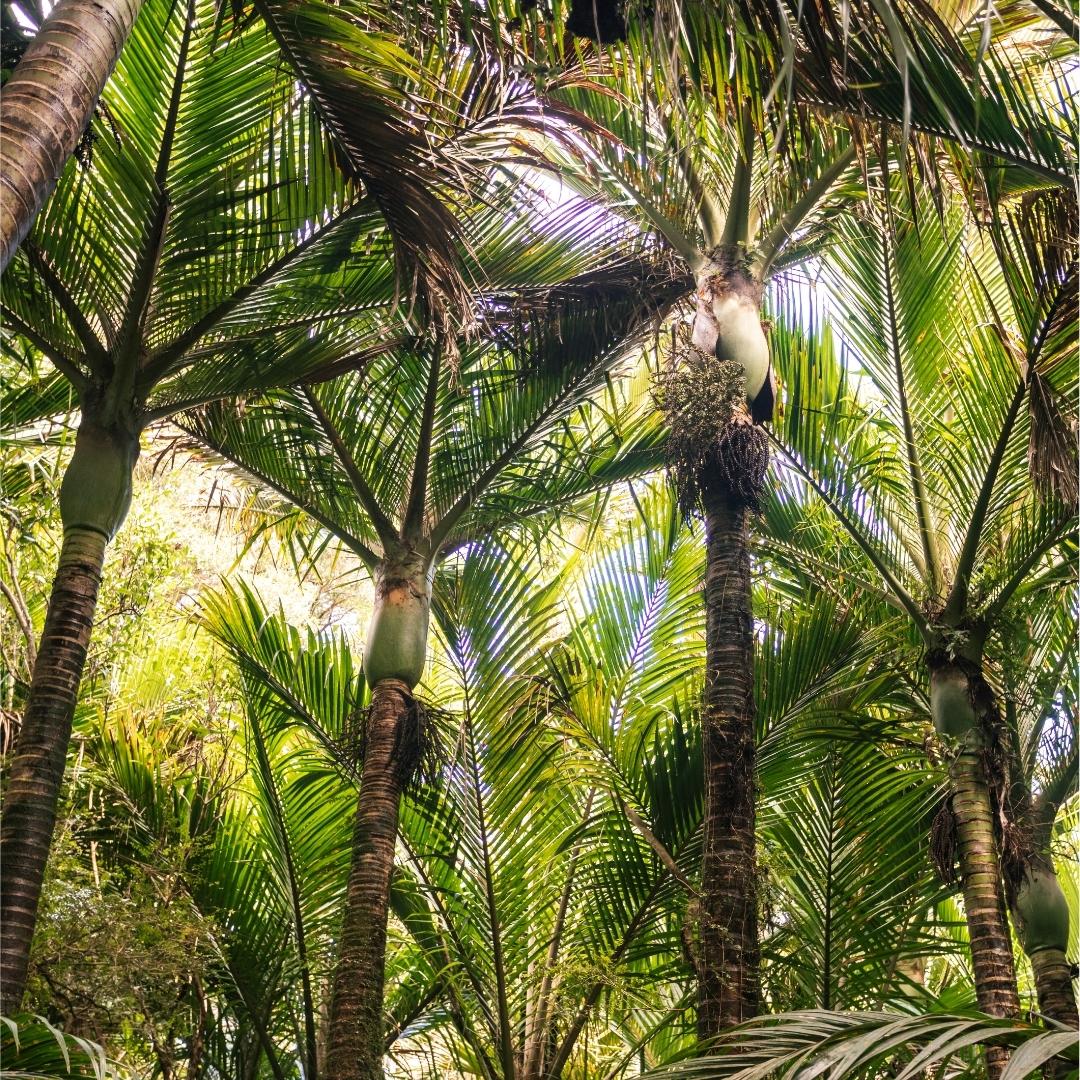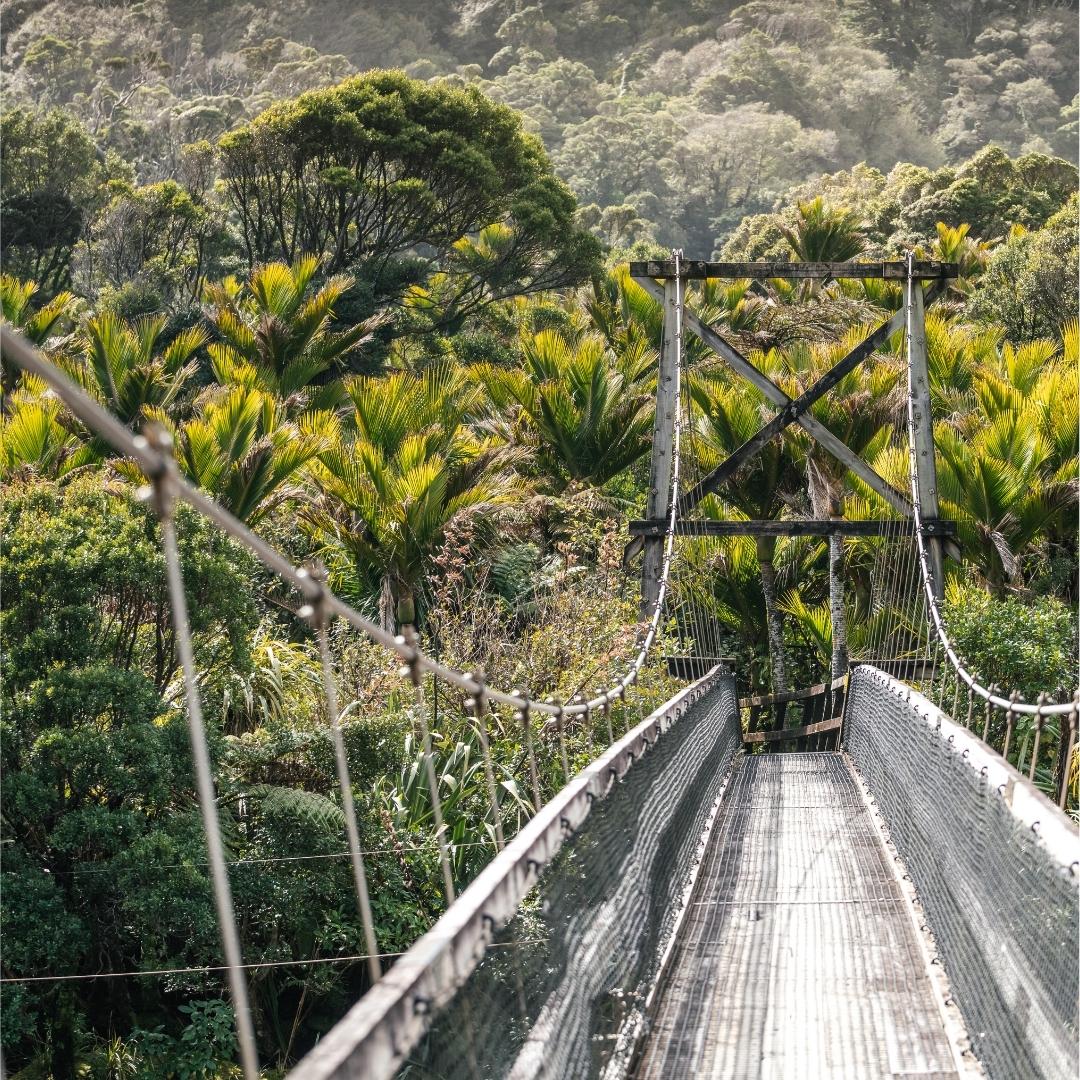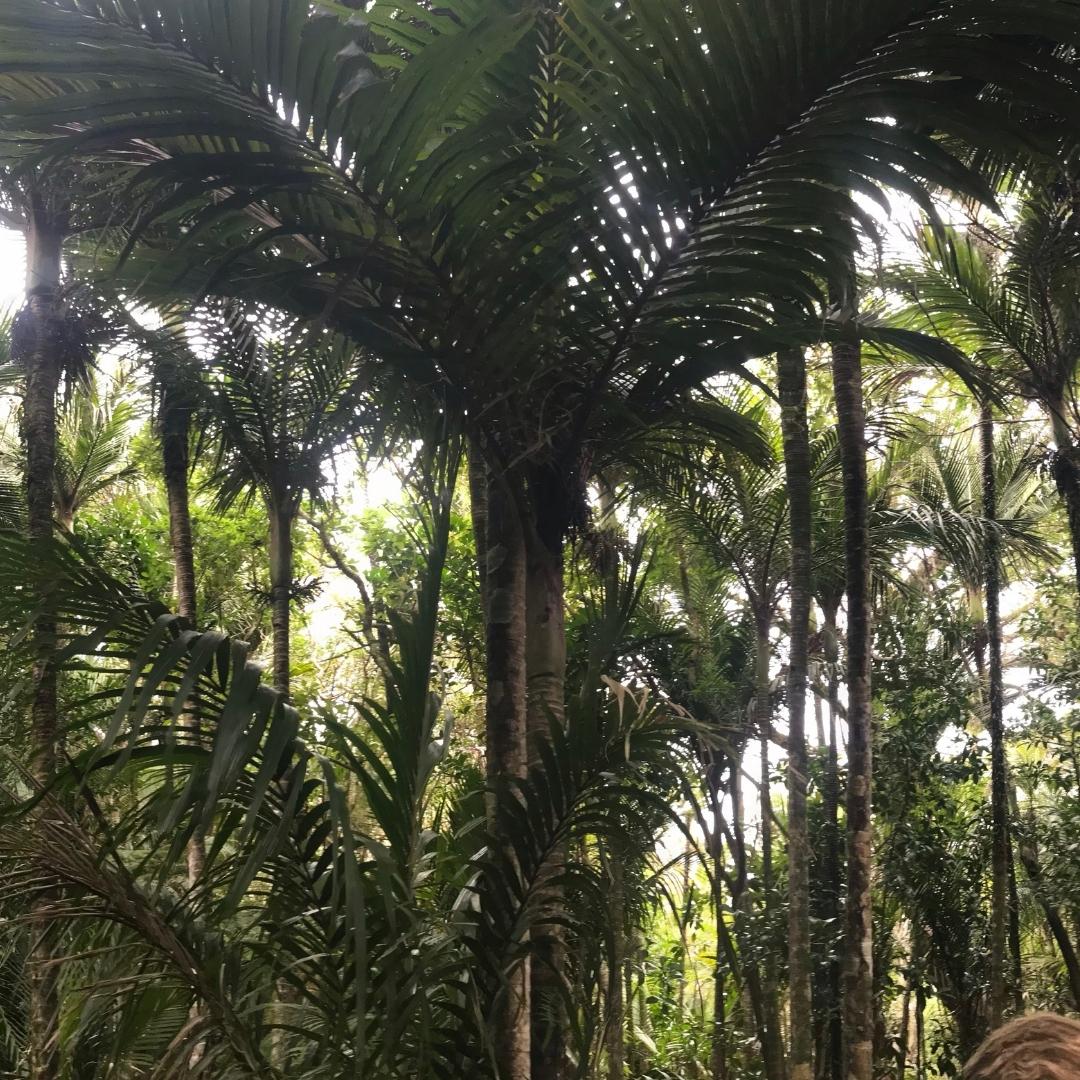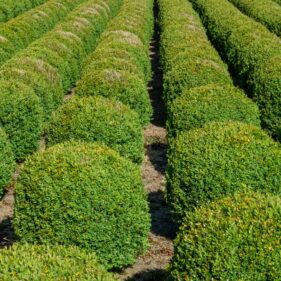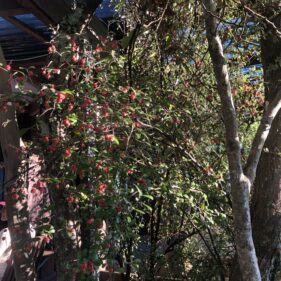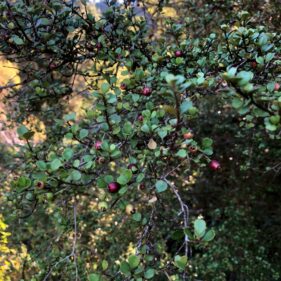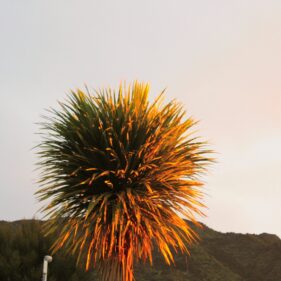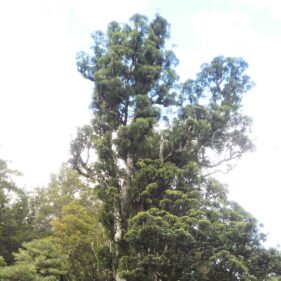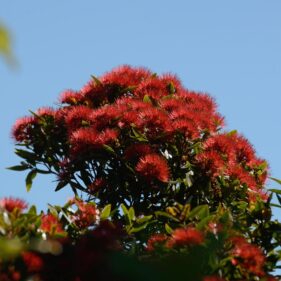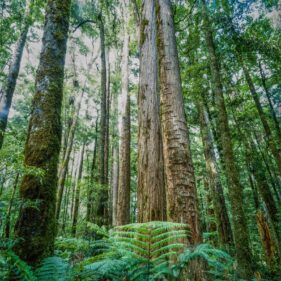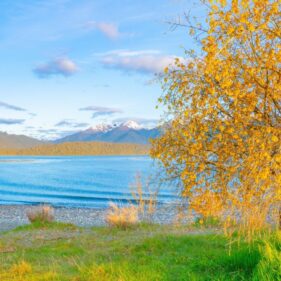Common name and scientific name: Nikau Palm, Rhopalostylis sapida
Origin and natural range: The Nikau Palm is native to New Zealand and it is the only native palm species in New Zealand, it is found on the North and South Islands.
Altitude range: The Nikau Palm can grow from sea level to an altitude of 600m
Physical characteristics: The Nikau Palm is a medium to tall palm, growing up to 20 meters tall, with a slender trunk that is covered in a fibrous sheath. The leaves are large, glossy green, and feather-like, growing up to 3 meters long. The palm produces small, greenish-white flowers that are followed by small, orange-red berries.
Growth rate and lifespan: The growth rate is slow to moderate and it can live up to 100 years.
Growing conditions: The Nikau Palm prefers damp, shaded areas with rich, organic soil and it can tolerate frost and coastal conditions.
Flowering and Fruiting: The Nikau Palm flowers in late spring and early summer, and the small, orange-red berries ripen in late summer and fall.
Uses and benefits: The Nikau Palm is an important plant for the ecosystem and it provides food and habitat for native birds such as the kaka, kereru, tui, and kakariki.
Historical: The Nikau Palm has a significant cultural and emotional attachment to the Maori people of New Zealand. It is considered a taonga (treasure) and it is sacred to many iwi (tribes) for its spiritual and medicinal properties. Historically, the fronds of the Nikau Palm were used to make baskets and mats, and the seeds were roasted and used as a food source.
Planting instructions: The Nikau Palm should be planted in a well-draining soil, in a location that receives dappled or filtered sunlight. It is important to keep the soil consistently moist but not waterlogged. It is recommended to plant the Nikau Palm in a protected location, as it can be damaged by strong winds. It is recommended to plant a Nikau Palm that is at least 1-2 years old and at least 1 meter in height. This ensures that the palm has a strong root system and is better able to establish itself in its new location.
You could consider a mulching mat, or use bark, pea straw etc. Plant after the last frost!

